The latest breed of Apple retail stores are petite, but feature some impressive new technology that will help better serve the customer.
At a satellite-televised press event at the new Stanford Shopping Center (N. Calif.) mini-store, Apple CEO Steve Jobs pulled back a black curtain to reveal the new store design, and said the smaller size would allow the company to take its products to more locations and potential customers. The stores are about 750 square-feet, according to Sr. V-P Retail Ron Johnson, small enough to fit into venues beyond shopping malls, perhaps in airports and university bookstores.
Two days later the Apple faithful arrived early at the six store locations to examine the new design in person, and to stand in line for the grand opening. But Apple had covered the storefronts with a black covering, which they removed just before the stores opened to the usual excitement and applause from the Mac enthusiasts. Once the stores opened, just 40 persons were allowed in at a time, a much smaller group that the bigger stores.
The store interior is highlighted by stainless steel walls, large back-lit photographs, a one-piece back-lit ceiling, and a shiny white, epoxy floor. There are two familiar-looking wooden display shelves at the front of the store, but the product mix is more limited: iPods, iPod Minis, iBooks, Powerbooks and iMac G5 desktops. At the rear of the store are wall-mounted steel shelves for accessories, software and books. A smaller version of the standard Genius Bar is at the very back of the store.
Perhaps the most interesting element of the new store is the two self-service check-out stations about half-way back into the store, mounted in either wall. The stations are intended to allow busy customers to simply grab their merchandise off the shelf, scan the barcode, and use a credit or debit card to complete their own purchase. However, during the grand openings, the stations weren't available for customer use, since the necessary touch-screen software hadn't been installed. So, store employees used the "easy pay" stations to process purchases during the grand opening, leaving the promise of self-service for a future time.
One other piece of new technology was introduced at the mini-stores: Vocera communications badges, which use the stores' AirPort base stations and Apple's IP network to allow local and inter-store voice communications. Store employees wear the tiny badges on a lanyard and can use them for paging, text messaging and telephone features. They're intended to allow mini-store employees to check with nearby larger stores for product stocks.
Jobs and Johnson both appeared at the Stanford store in mid-afternoon to gauge the success of the new mini-stores, and Jobs even obliged several people who wanted their photo taken with him.
Apple will open at least three additional mini-stores, in Syracuse (NY), Bethesda (Md.) and St. Louis (Mo.). At the press event, Jobs said the company would evaluate the mini-store performance and then decide whether to open additional branches of the mini-stores.
Gary Allen is the author of ifoAppleStore, which focuses on the operation of Apple's retail stores, often uncovering future locations before the mainstream press.
 Gary Allen, ifoAppleStore, Special to AppleInsider
Gary Allen, ifoAppleStore, Special to AppleInsider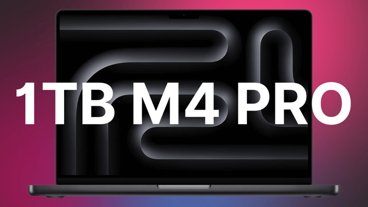
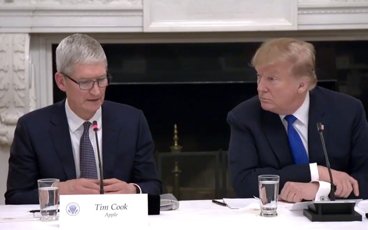
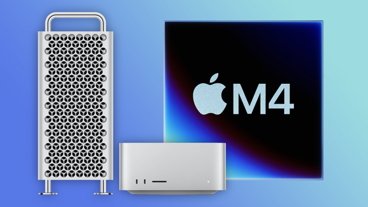
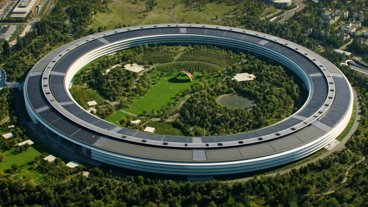

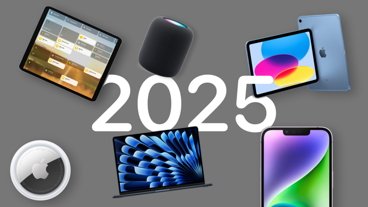
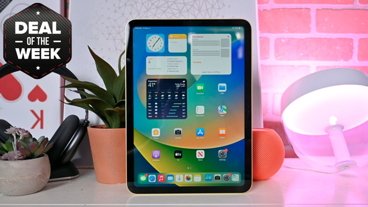
-m.jpg)





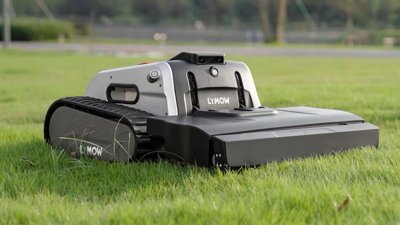
 Malcolm Owen
Malcolm Owen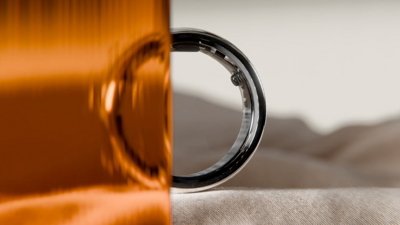
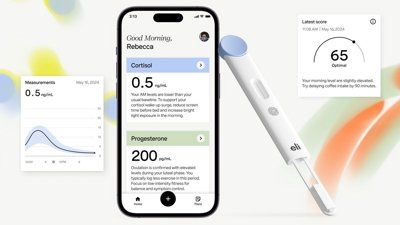
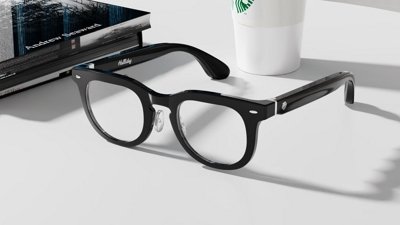
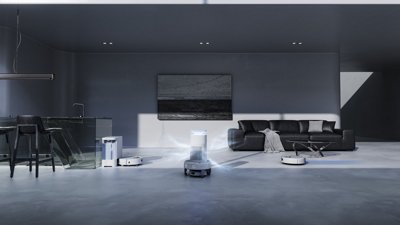
 Andrew Orr
Andrew Orr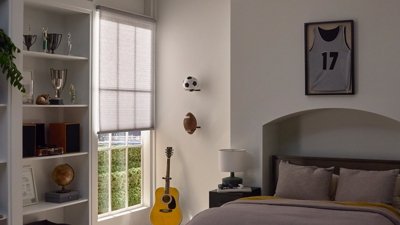
 Andrew O'Hara
Andrew O'Hara
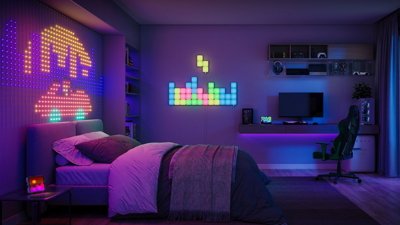
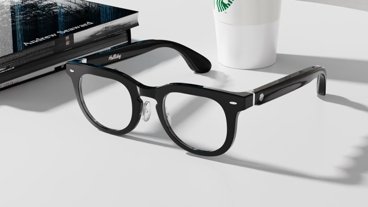
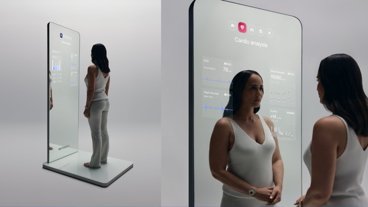



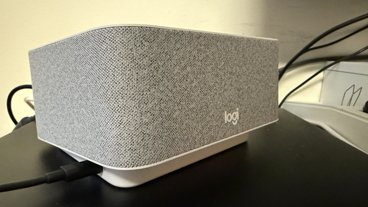

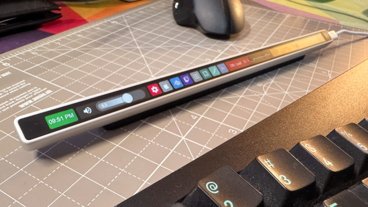

3 Comments
One other piece of new technology was introduced at the mini-stores: Vocera communications badges, which use the stores' AirPort base stations and Apple's IP network to allow local and inter-store voice communications. Store employees wear the tiny badges on a lanyard and can use them for paging, text messaging and telephone features. They're intended to allow mini-store employees to check with nearby larger stores for product stocks.
*chirp*
Jobs to Cupertino.
..... Go ahead sir.No Damn it! You're supposed to call me "Captain!"
..... uhhh.... Yes Captain?
Too late, you're fired!
SCOT-ty...
I need...
moreiPods!
I'm sorry Captain, I'm givin' ya all she's got!